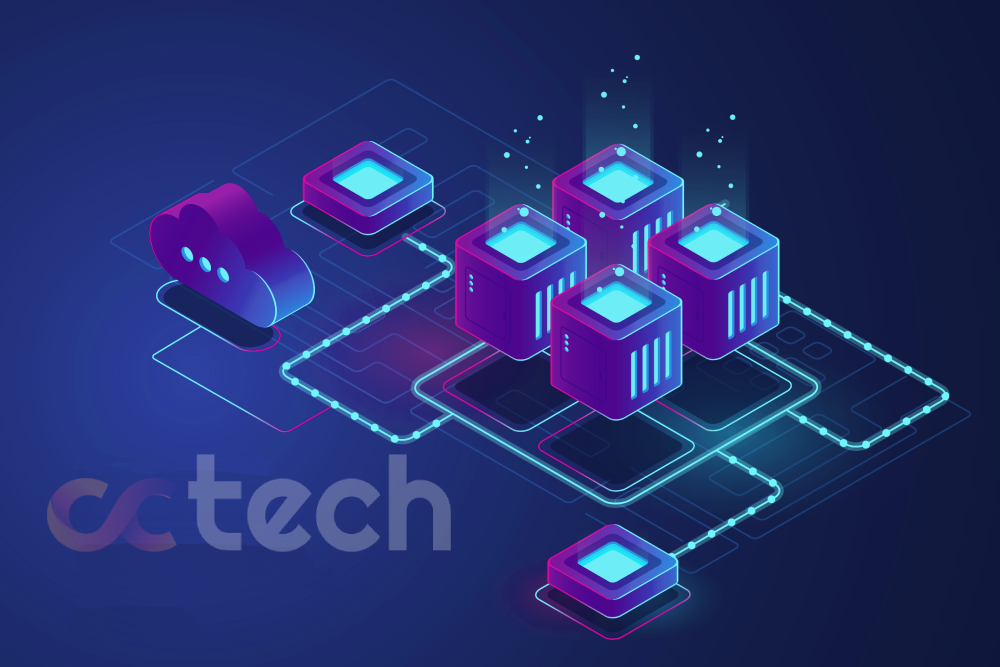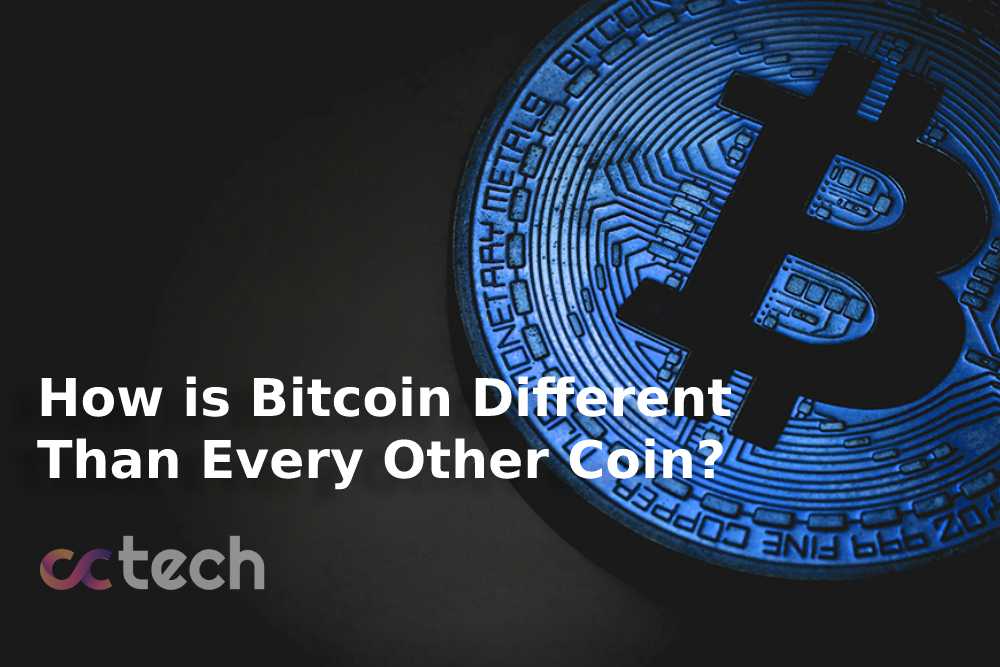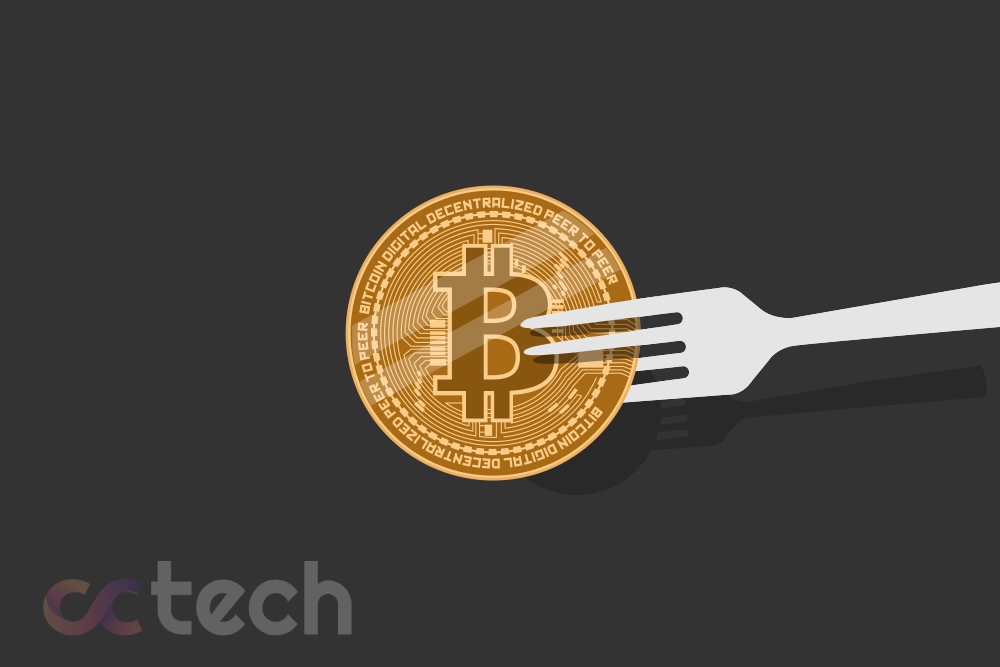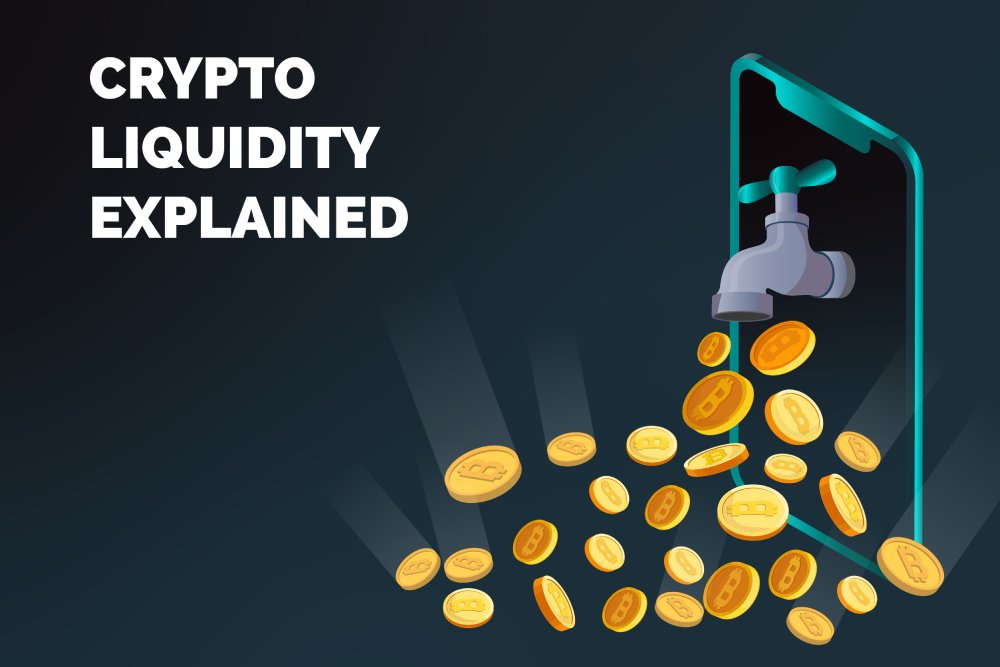
The network effect is expressed in the dependence of the value of a product on the number of its users. You may have heard about the social network Orkut, which stopped working because it did not have enough users. Of course, there were other reasons, but it was this factor that reduced its value as a service.
When evaluating cryptocurrencies, it is extremely important to consider network effects, because the utility of money and blockchains ultimately depends on the number of users.
Introduction
So, what are the factors that influence the popularity of cryptocurrency projects? One might assume that only the best solutions are leading the market, but it’s not that simple. The success of blockchain depends on many factors.
Developers can create innovative technologies, but if they don’t fit the market at the time of release, they won’t get support. In some cases, technologically flawed projects are in high demand simply because they were available at the right time. This is where network effects play a significant role.
What is the network effect?
The network effect is an economic effect in which the value of a product or service depends on the number of consumers. In this case, each new user adds value to the product, encouraging others to join the network, add value, and so on.
A classic example of the network effect is the telephone, which was originally a landline phone. When it first appeared on the market, it was purchased by a handful of people. Moreover, owners’ homes had to be physically connected to each other in order to access the network.
As the technology evolved, more and more people could afford a phone, and the growing number of users increased the value and usefulness of the entire network. This created a positive feedback loop, as the more people joined, the more useful the phone became. Thus, increased usage led to exponential growth.
Types of network effects
There are two main types of network effects: direct and indirect.
The telephone network is an example of a direct network effect, in which increased use of a product increases its value to other users.
Indirect network effects are more difficult to define. They represent the additional benefits of network effects. For example, many cryptocurrencies are open source.
Examples of network effects
Modern examples of network effects are present in a number of different product categories. For example, users tend to choose social networks that people they know already use. This encourages people to choose the same platforms, so some services have a monopoly position.
If new companies want to launch a social network, they will have a hard time gaining the necessary number of users. Why? Because network effects give a significant advantage to existing market leaders.
Another example of network effects is ridesharing. Network effects prevent new services with a smaller customer base from competing with leaders like Uber or Lyft.
The same applies to online sales on eBay and Amazon, Google’s search service, AirBNB’s online rental service, Microsoft’s operating system, and Apple’s gadgets. Does this only apply to for-profit companies with certain business models? No. A good example of an open-source project with significant network impact is Wikipedia.
Network effects and cryptocurrencies
Network effects play an important role when it comes to cryptocurrency and blockchain. For example, Bitcoin has not only attractive properties but also powerful network effects.
Bitcoin miners secure the network and have high liquidity to sustain the activity. But suppose someone launched another network with higher rewards but less liquidity to close positions. Miners might take a risk and invest in the new project, hoping for better liquidity in the future, or continue to engage in relatively stable bitcoin mining. This is how the network effect works. Even if the alternative is technically or otherwise more advantageous, switching to it does not guarantee a benefit.
However, Bitcoin’s success is not just a result of network effects. Because of its honest launch, Bitcoin has unique properties that are extremely difficult to replicate. Think of this example more as a thought experiment.
Network effects also play an important role in the decentralized finance (DeFi) space. If a product, service, or even a smart contract has a significant advantage, other projects will find it difficult to surpass it. Right now, however, DeFi is in an early stage of development, and it is worth noting that no product has yet achieved the network effects that would make it an undisputed winner.
Negative Network Effects
Negative network effects work in the opposite direction, that is, each new user will decrease the value of the network. This is also important to keep in mind when it comes to blockchain design. A project will not succeed if each new user does not add value to the network, because then the network will not scale. And if each user reduces its value, it will lead to overloading.
For example, Ethereum gas works with an auction-type system where each user bids a gas fee for Ethereum miners. As new users are added, the gas fee usually gets higher as each one tries to outbid the other. However, this cannot go on forever. As the gas fee becomes too high, some users abandon the network because of the high costs – an example of a negative network effect.
But there are solutions to this problem, such as EIP-1559, Ethereum’s gas upgrade offering. In addition, the update set in ETH 2.0 can also significantly increase network bandwidth. This would fix the problem of high gas charges during periods of high activity.
Conclusion
Network effects are present in many segments of the economy, including cryptocurrencies. Their point is that the more users use a product, the higher its value. Studying and applying network effects mechanisms can help blockchain and cryptocurrency developers scale their projects more quickly.








